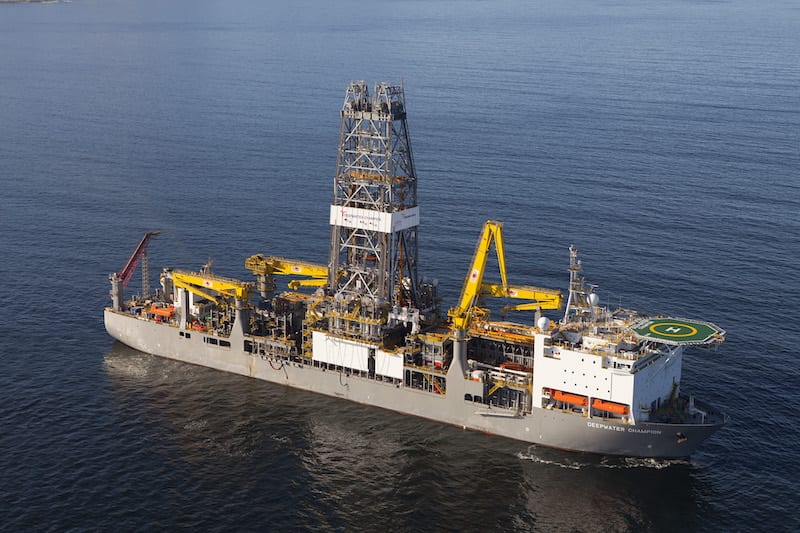When ExxonMobil was awarded the Stabroek Block license in 1999 it did not immediately move to begin exploration activities. Offshore drilling in Guyana at the time was negatively affected by controversies with Suriname and Venezuela, its neighbors to the east and west, respectively.
One prominent example was CGX Energy’s Eagle-1 well, which had to suspend operations in June 2000 when Surinamese gunboats forced the drilling rig off location while its crew was preparing to spud the prospect. CGX waited 12 years before returning and drilling a well in 2012, following the decision of an arbitral tribunal in 2007 that looked into the maritime boundary dispute between the two countries.
Then in 2013, things got riskier for oil exploration companies as Venezuela’s aggression towards Guyana escalated. In October of that year, the Venezuelan navy seized, in Guyana’s territorial waters, the Teknik Perdana, an oil exploration ship contracted by the U.S. company Anadarko. The Teknik Perdana was taken to Margarita Island. The ship’s 36 crew members, including five U.S. citizens, were held onboard while an investigation was launched. The ship and its crew were released days later.
Guyana’s geopolitical neighborhood heats up
“I vividly recall receiving that unsettling phone call on October 11, 2013, while in-transit at Amsterdam Airport, advising me of the illegal, provocative action by Venezuela,” former natural resources minister Robert Persaud recounted in a 2017 column. “Not only was this oil exploration company’s investment now jeopardized, but future oil exploration activities hit a major obstacle thereby escalating risks and costs for the companies and their investors.”
Exxon’s world-class Liza discovery in 2015 also saw renewed efforts being made by Venezuela to play up the border controversy it has had with Guyana for decades.
Why did Venezuela wait 63 years to contest the validity of the 1899 Award?
Days after the announcement of the discovery, Venezuela issued a decree purporting to annex the territorial waters of Guyana off the Essequibo coast.
Despite widespread increased national, regional and international condemnation of Venezuela’s aggression over the years that followed, the Maduro regime did not change course. On Saturday, December 22, 2018, vessels under contract with Exxon were intercepted by the Venezuelan navy in the western portion of the Stabroek Block.
“A reckless attempt was made by the Venezuelans to land a helicopter on the deck of one of them, the Ramform Tethys,” then foreign minister, Carl Greenidge said.
As recently as January 7 of this year, the Venezuelan President announced during a meeting of the National Defence Council that he had established “a new maritime territory” of Venezuela. Following this announcement there was increased activity in Guyana’s maritime space by Venezuelan Navy vessels and other Venezuelan State assets.
Then on January 21, two Guyanese fishing vessels, namely, Lady Nayera and Sea Wolf, were intercepted by Venezuelan naval vessel, Commandante Hugo Chavez GC 24, off the coast of Waini Point, well within Guyana’s territory. The crew and both vessels were illegally detained by the Venezuelan Government. They were subsequently released.
Despite these circumstances, Guyana has been moving forward to develop its hydrocarbon resources. More than 9 billion barrels of oil equivalent have been discovered since 2015 at the Stabroek Block and Exxon began producing oil in December 2019.
Greenidge, now an Advisor on Borders to the Guyana government, has said Venezuela would have to think many times before blocking use of Stabroek Block resources.



